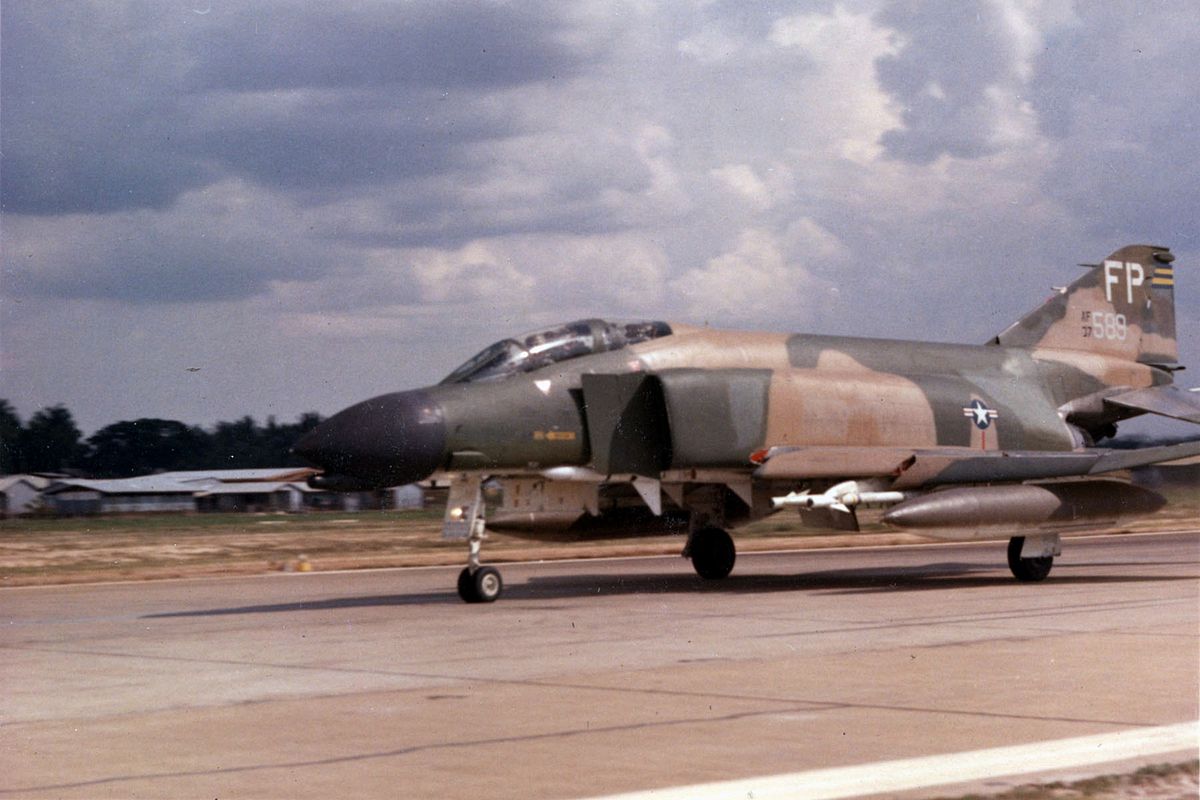
China and Russia last week conducted their first-ever joint naval patrol in the western Pacific following a combined exercise in the Sea of Japan, highlighting the deepening defense cooperation between America’s preeminent competitors. While U.S. military planners have long hoped and often assumed that any conflicts with China and Russia might come one at a time, that assumption is increasingly questionable and even dangerous.
If the Biden administration is to develop an effective 2022 National Defense Strategy and build the U.S. defense capacity and capability that American interests require, the administration must jettison outdated assumptions and recognize that the United States could confront Chinese and Russian military forces simultaneously.
Anyone skeptical of this claim should consider Joint Sea 2021, an annual combined naval exercise that China and Russia conducted on October 14-17. The Russians contributed an Udaloy-class antisubmarine destroyer, two Steregushchy-class corvettes, two coastal-type minesweepers, a Kilo-class diesel-electric attack submarine, and a missile boat. China sent a Type 055 large destroyer, which reportedly served as the command ship, plus a Type 052D destroyer, two Type 054A frigates, a diesel submarine, and a supply ship. A naval aviation contingent comprising 12 Chinese and Russian fixed-wing aircraft and helicopters also participated. The exercise apparently marked the first time a Chinese heavy destroyer and anti-submarine warfare aircraft have participated in an exercise abroad.
During the exercise’s first stage, the Russian minesweepers escorted the Russian and Chinese warships in the Sea of Japan. The warships then fired artillery at mock floating mines and at a towed target simulating a surface warship. They also practiced air defense, with the opposing force played by Russian Su-30SM multirole fighters and naval helicopters. In a clear indication that both militaries view American submarine capabilities as a leading concern, Russian and Chinese vessels, supported by anti-submarine aircraft, also hunted down and trapped a simulated enemy submarine.
After the exercise was over, the Chinese and Russian warships sailed through the Tsugaru Strait together — another first — before heading down Japan’s eastern coast and back toward China via the Osumi Strait. They were joined by Russia’s Udaloy-class destroyer Admiral Tributs, which Moscow claimed days earlier had chased off the Arleigh Burke-class destroyer USS Chafee for allegedly breaching Russian waters closed for Joint Sea 2021 (an assertion the U.S. Navy disputed). Chinese state media said the combined patrol “sends a warning to Japan as well as the US, which have been rallying allies to confront China and Russia.”
These developments follow another combined exercise this summer that underscored China and Russia’s growing trust and military interoperability. That exercise, Sibu/Interaction-2021, held in north-central China in August, included more than 10,000 troops and marked the first time that Russian forces have participated in a Chinese strategic exercise.
Chinese and Russian forces reportedly operated under a joint command for the first time, using a specially designed “joint command information system.” Russian Su-30SM multirole fighters, motor-rifle troops, and a special forces unit integrated into Chinese formations, training to improve their “joint reconnaissance, search and early warning, electronic information attack, and joint strike” capabilities, per China’s defense ministry. China’s J-20 fifth-generation stealth fighter reportedly made its first appearance in an international exercise. Russian forces operated modern Chinese equipment (ZTL-11 infantry support vehicles and ZBL-08 armored personnel carriers) for the first time, according to the Russian and Chinese defense ministries, after Chinese forces reportedly did the same with Russian equipment at Russia’s Kavkaz-2020 exercise last year.

Don’t Assume the US Will Fight China and Russia One at a Time
Beijing and Moscow are boosting their strategic coordination along with their militaries.




























